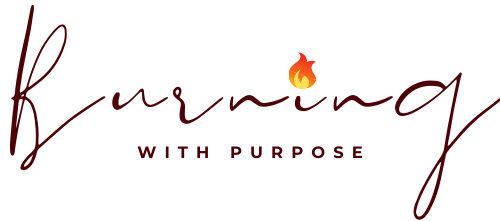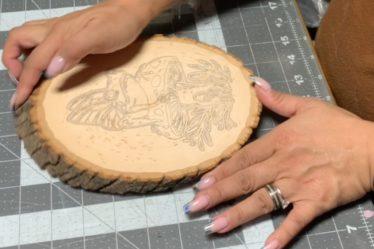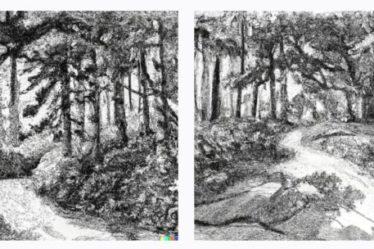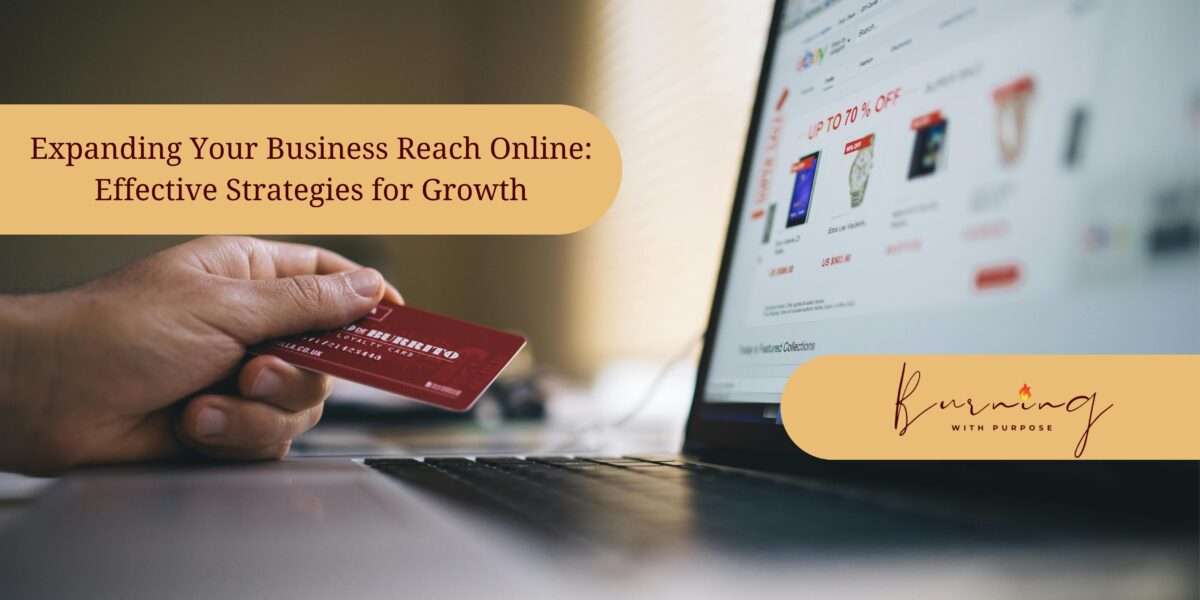
As an artist, it is important to try to reach as many potential customers as possible. Your online presence must extend as far as possible in order to be successful. Consider that for every hundred or so people who see your products in a search result, on a marketplace, or in their social media feed you’re lucky if more than 2% of those people are going to click on your product. Of those 2% only a small percentage of those are going to buy something from you. These numbers are pretty standard so the best way to get more sales is to get more clicks, and the best way to do that is to get yourself in front of more people.
Casting the Net
Much like a fisherman trying to maximize the surface area when they cast their net into the sea you need to make sure the surface area of your marketing is sufficiently wide. You should be focusing your attention on key platforms that your customers may find you on.
Google: Google has several tools to ensure that you get traffic to your webpage. Google Search Console, Google Merchant Center, and Google Business Profile are all tools at your disposal to make sure you are reaching a wide audience. Check these often if you run your own website as these will give you keen insight into your website’s performance and click-through rates. Also, keep an eye out for validation errors as they may be preventing your site from reaching the maximum number of users. There are usually instructions on how to fix these errors and get your account back in good standing.
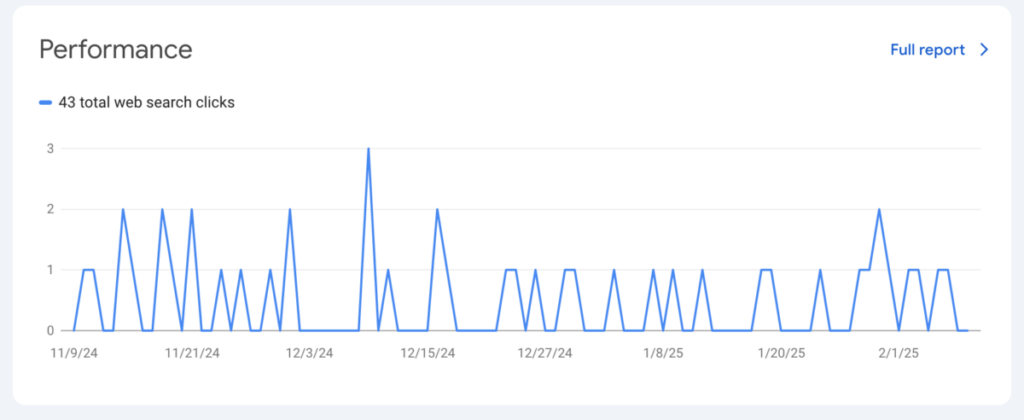
Meta Business Suite: Two of the largest Social Media platforms, Instagram and Facebook, are both owned by the same parent company: Meta. Meta has a product that they offer specifically for business to manage their social media called Meta Business Suite. This tool let’s you create posts, schedule them, respond to customers, manage ads, and set target goals. It is a little clunky in some places, especially in the way it handles reels and stories, but it is great for planning out your social media in advance so you don’t have to constantly remember to post every day.
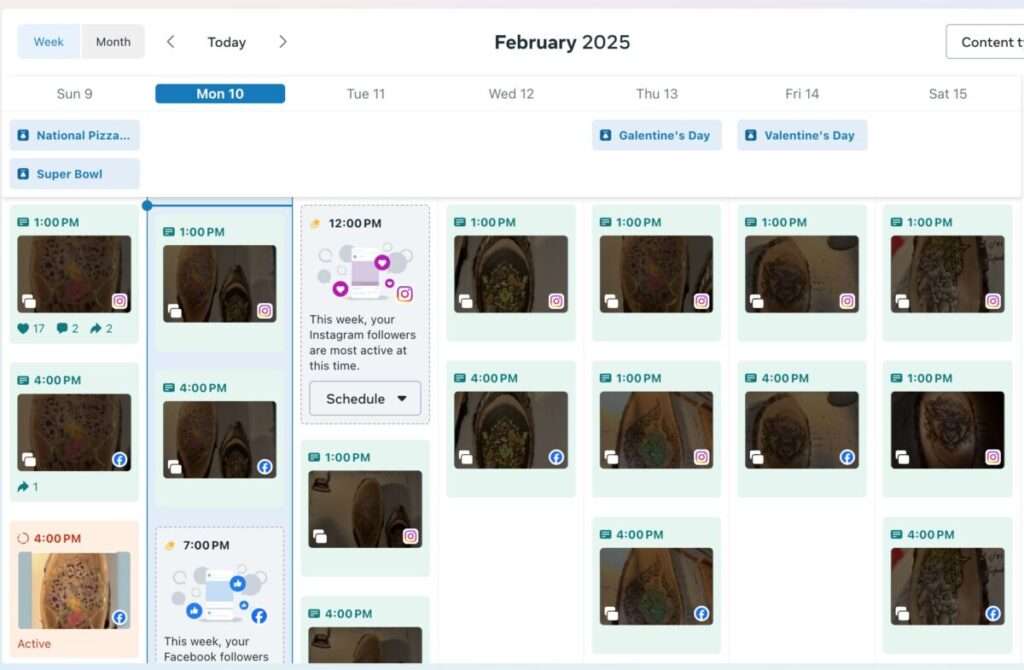
Etsy: A lot of artists use Etsy as their main source of income. For some artists, this works out exceptionally well. The rest of us, who get burned by Etsy’s algorithms and fees, may venture off to create our own websites. That doesn’t mean to write Etsy off completely. Use it as a supplement to your main website. Make sure that your website is optimized so that the Google search results for your business return your personal website above your Etsy, but keep some of your inventory there so that you don’t miss out on that audience altogether. Just make sure to price your products on Etsy such that you cover the cost of the fees.
Of course, there are plenty of other options online for promoting your business. Other search engines, social media platforms, collectives, storefronts, and aggregator sites. The ones above are the largest and the ones you should focus on initially but don’t write off those smaller ones. Again, the wider you cast your net, the more people your product gets in front of, the better your chance of making those sales.
Do you have any tips for getting sales? Tag us with your ideas @bz_furfur and, as always, stay unique.
